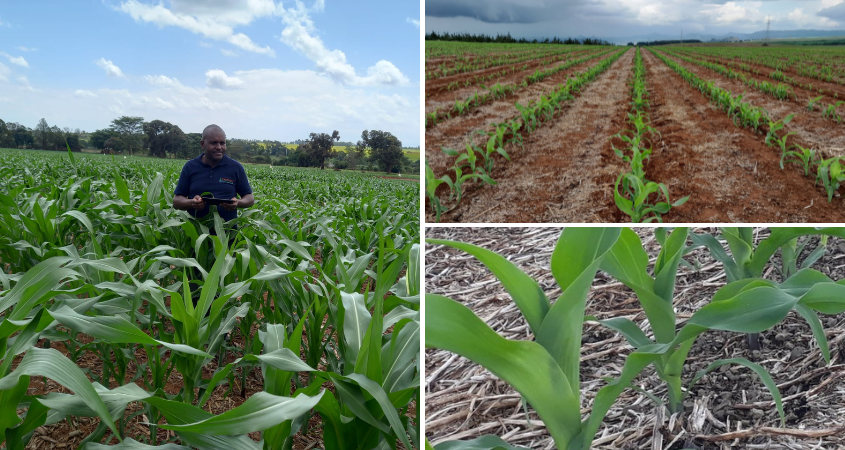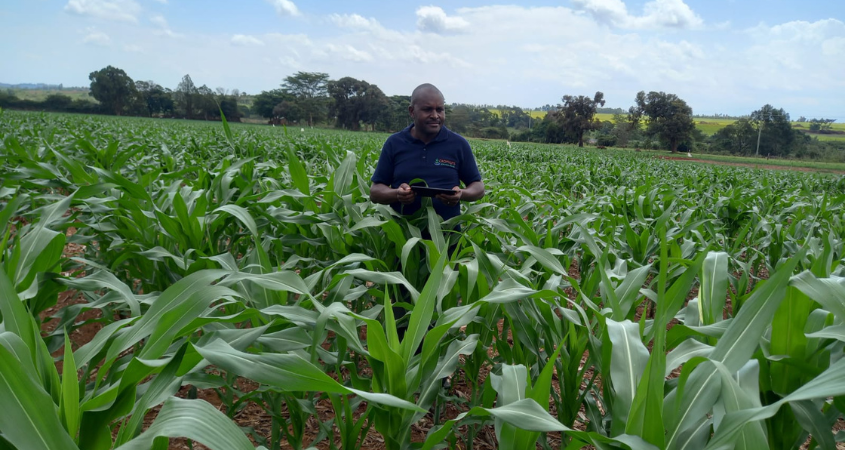
Embarking on the journey of maize cultivation requires a strategic approach, with proper land preparation standing as the compass guiding farmers to success. In today’s post, let’s explore the key stages involved in maize land preparation:
Examining topography becomes a crucial stage, guiding farmers to identify potential hurdles such as water drainage issues or areas prone to erosion. By understanding the landscape, farmers can implement effective contouring and drainage strategies, setting the stage for a resilient maize crop.
Acknowledging the impact of temperature, rainfall, and sunlight on maize growth is paramount. This maize land preparation stage involves aligning land preparation schedules with the local climate, ensuring that the soil is optimally primed for planting when the conditions are most favorable. It’s a dance with nature, choreographed for success.
Assessing the water resources on the land, be it natural sources or irrigation options, is a pivotal stage. Adequate water availability, especially during critical growth stages, safeguards the maize crop from drought stress, contributing to higher yields and robust plant health.

As the planting season draws near, soil testing takes center stage. This stage involves obtaining crucial information about soil pH and nutrient concentrations. This knowledge empowers farmers to make informed fertilizer purchase decisions, avoiding unnecessary expenses by applying the correct type and amount of fertilizers required for their specific soil conditions.
Armed with soil analysis results and recommendations, farmers navigate the maize land preparation stage of fertilizer decisions. This involves choosing the right type and amount of fertilizers, considering factors like cost, availability, and nutrient content. The emphasis is on efficient nutrient management, ensuring that the maize crop receives the essential elements for robust growth.
The stage of cultivating the land involves decisions on tillage practices. Disc ploughing and chisel ploughing vie for attention, each with its advantages. No-till farming emerges as another viable option, gaining popularity for its soil structure benefits. Farmers carefully weigh these tillage options, recognizing that the health of the soil directly influences maize productivity.
Early preparation allows for addressing soil issues, adjusting pH levels with any recommended lime treatments, and enriching the soil with organic matter as guided by soil analysis recommendations. Early timing allows the pre-planting soil amendments to work on the soil, laying the groundwork for a successful maize harvest.
To summarize our post, the maize land preparation stages above play a vital role in shaping the success of the crop. Understanding the land topography, and aligning with climatic conditions allow farmers to work with nature. Soil testing, informed fertilizer decisions, and soil cultivation practices are important considerations for farmers, and each decision contributes to the prosperous cultivation of the maize crop.
Grow more with less
#savesoil #soilhealth #soilscience
Order our services and get to know how to improve your soil for better yeilds.